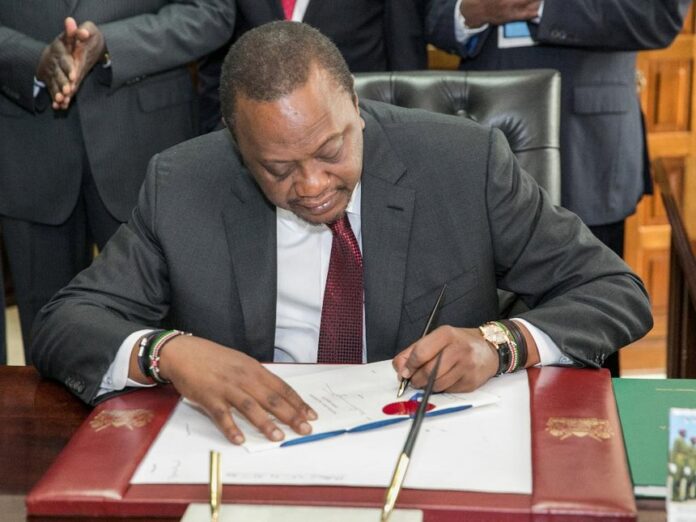Kenya’s debt has been made more expensive as foreign investors have slapped a risk premium on the country’s international borrowing.
This is coming as the country prepares to issue a new Eurobond this year.
This has not come as good news, especially at a time when activity on the Nairobi Securities Exchange has slumped, mostly because of foreign investors.
In the current fiscal year, Kenyan taxpayers will fork out close to Ksh100 billion ($1 billion) in interest payments on foreign loans while clearing maturing debts estimated at Ksh380 billion ($3.8 billion).
With debt repayment taking more than 50 per cent of the total revenue, the government has found itself hard-pressed to fund big infrastructure projects and their day-to-day operations.
But this will not be a Kenyan problem only. Global rating agency Moody’s Investor Service says that huge government debt and especially foreign currency-denominated debt is increasing risks for African countries.
In 2018, the agency downgraded Kenya’s credit scores, which it attributed to the country’s rising debt.
It downgraded the issuer rating of the Kenya government to B2 from B1 but assigned a stable outlook, implying that the probability of the government defaulting on its loan obligations is increasing and that new loans would draw a higher risk premium.
Foreign investors’ risk perception of the country has increased due to high-level corruption allegations that rocked the public sector, and the International Monetary Fund’s withdrawal of a $1.5 billion standby facility last year.
Source
Kenya’s debt now more expensive to taxpayers
RELATED ARTICLES




